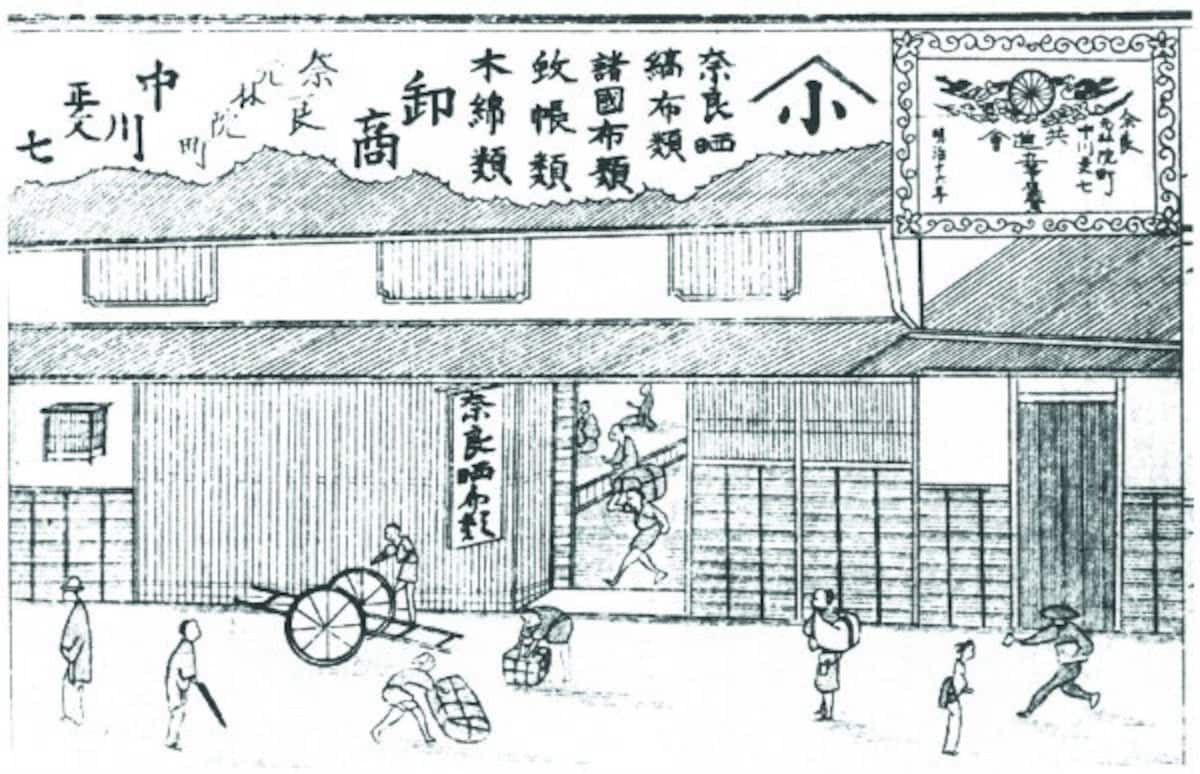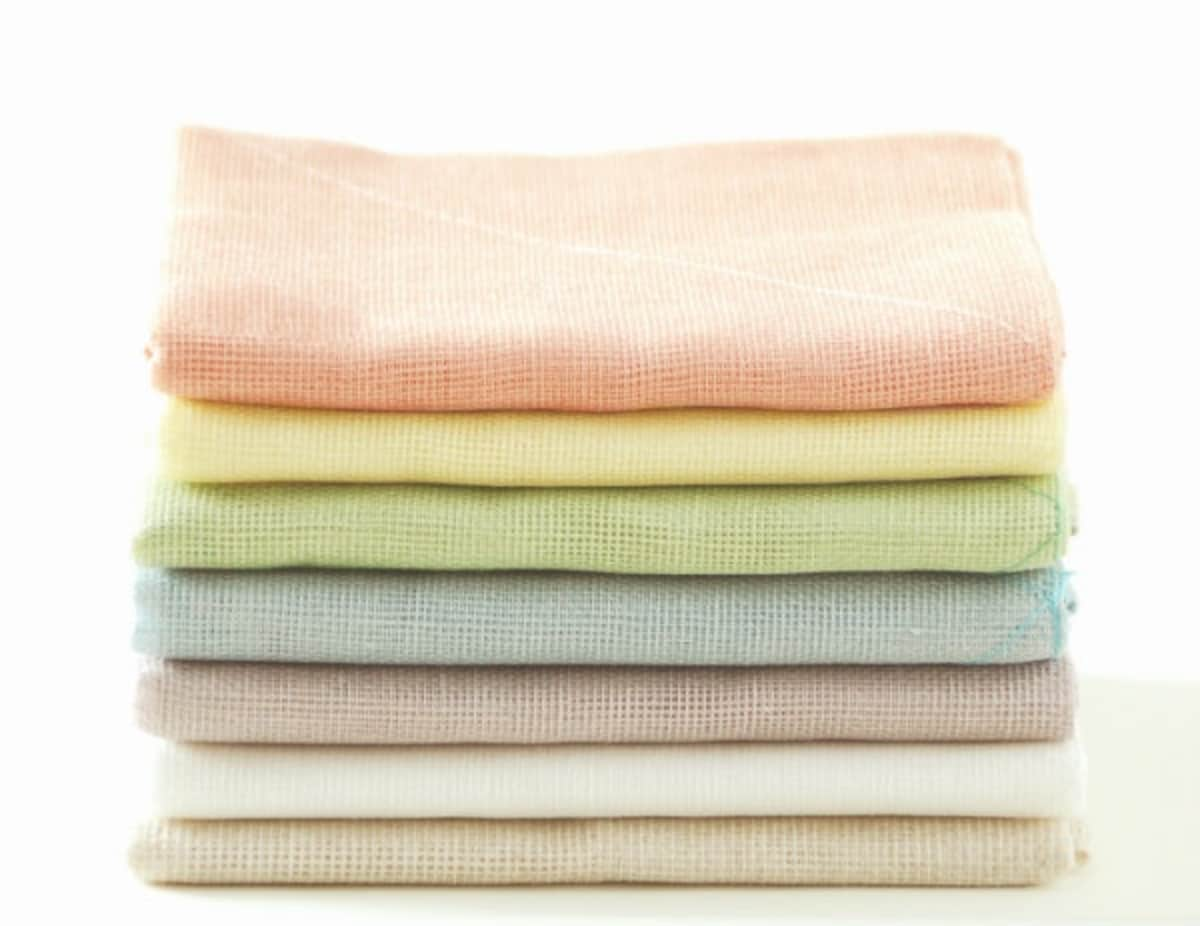300-Year-Old Hemp Makes a Modern Comeback
In 2016, Nakagawa Masashichi Shoten celebrates its 300th anniversary. Originally a wholesale store founded to showcase the high-quality bleached hemp cloth known as nara-zarashi, made in Nara Prefecture, the business has grown to around 40 locations across Japan, and offers a wide array of products.
By Highlighting Japan
http://www.gov-online.go.jp/eng/publicity/book/hlj/html/201501/201501_05_en.html
“Our company started as a maker of the Japanese cloth used in the tea ceremony,” says Yu Nakagawa brand manager Kumi Hosogaya. “When we entered the Showa Era (1926-1989), we began making shifuku, which are pouches used to store tea utensils, and so eventually we started carrying tea utensils in general as well. We then expanded on this and began showcasing a wide variety of smaller items made of hand-woven hemp cloth with traditional Japanese taste. That’s how Yu Nakagawa was born.”
The shop offers products that merge traditional Japanese crafting techniques, materials and designs with a modern sense of style.

http://www.gov-online.go.jp/eng/publicity/book/hlj/html/201501/201501_05_en.html
Hemp is the focus of Yu Nakagawa’s textile products. Hemp cloth is handspun—the hemp fibers are twisted and plied by hand as they are spun—and then painstakingly hand-woven into textiles. The fine irregularities in the threads give the cloth a unique texture.
“The sharp eyes and deft hands of the craftspeople who work with textiles in Japan—as well as the high standards they have for their work—are world-class,” says Hosogaya. “Some of the manufacturing work is entrusted to workers overseas, but the work that demands a finer degree of skill, such as dyeing and sewing, is mainly conducted in Japan. We believe that the high quality of the work has won over many fans for Yu Nakagawa.” Take for example the shop’s popular hana-fukin, a type of Japanese wash towel made with kaya material, which has a coarse-grained texture well-known in Nara: the delicate hues and the quality of the sewing have created many repeat customers and have made the cloth items extremely popular as gifts.
http://www.gov-online.go.jp/eng/publicity/book/hlj/html/201501/201501_05_en.html
In recent years, the company has also begun to unveil new items made from textiles whose production is fading in Japan—such as Gobelins tapestry, a popular choice for tapestries in Europe. The reason behind this approach is the company’s publicly stated goal of reviving Japanese craftsmanship. The company hopes that shining a light on handcrafts that are currently dormant in Japan will spur increased interest and activity in handcrafts the world over.
“We partner with craftspeople and factories all over Japan to create the designs and products we want to make,” says Hosogaya. “With socks, for example, the design will dictate which factory we’ll choose to manufacture them. We recognize, of course, that it’s easier and less expensive if we order from a single manufacturer, but each factory and craftsperson has their own specialties and strengths, and if we keep those in mind when placing orders, we’ll get better products. We believe this process can invigorate the world of handcrafts all over the globe.”
Interest from overseas is intense. Mail orders from abroad are increasing year after year, and the company claims it has received many requests for coverage from Asia guidebooks and magazines.




